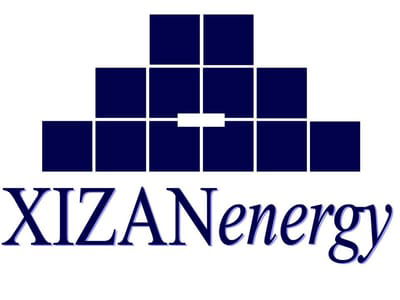"The MODULES"
MODULE DESCRIPTION
The module (patented in the US and pending in EU and CN) has been designed with focus on gaining maximum stability, lightness and handiness. Each module consists of a self-supporting structure that incorporates an accurate 2-axes solar tracking system. The structure integrates specifically designed PV panels that use semi-flexible cells technology.
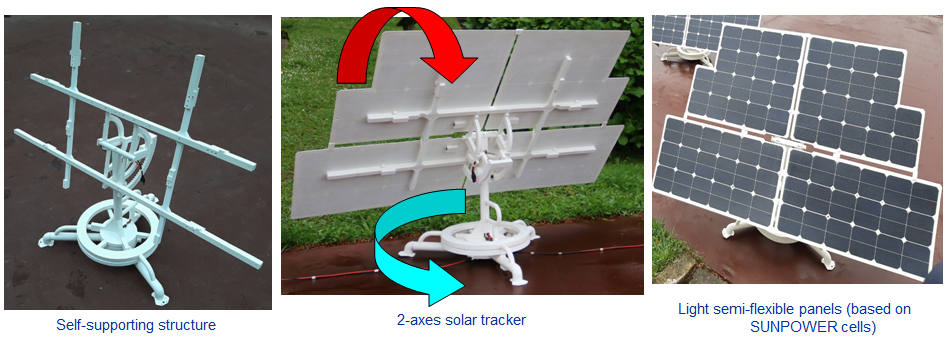
In addition it is easily disassembled with no tools and all resulting elements are folded in a compact volume that fits in a small suitcase for its transport and storage.
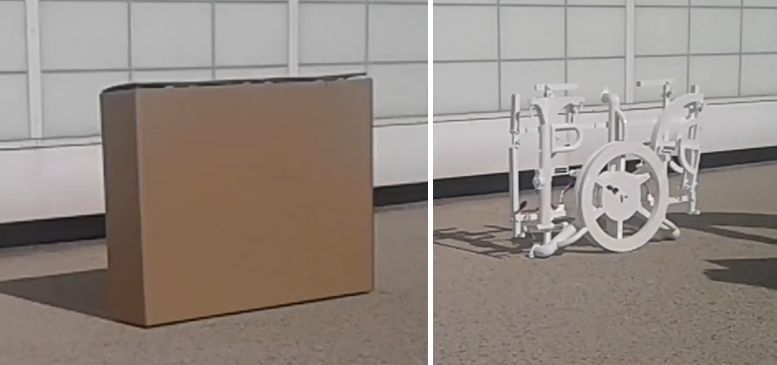
The structure basically comprises 3 substructures:
- The bottom substructure is the one in contact with ground and is based on a tripod to ensure stability.
- The medium substructure rotates with respect to the bottom substructure in the solar azimuth plane using cylindrical gears of parallel axes .
- The top substructure is the one in rigid connection with the panels and rotates with respect to the medium substructure in the solar elevation plane using cylindrical gears of parallel axes too.
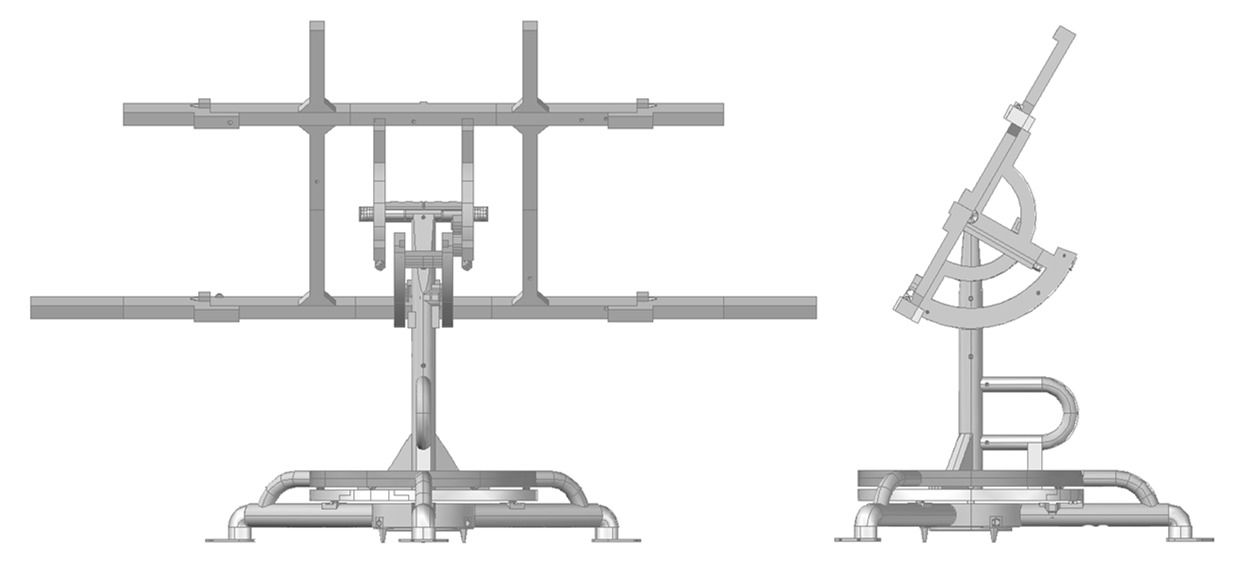
The structure includes a highly accurate 2-axes solar tracker based on geopositioning that keeps the panel permanently facing the sun. The increase in performance may reach percentages up to 80% depending mainly on the latitude. As opposed to the classic peak-shaped generation profile from fix panels, a 2-axes tracker makes such profile more constant and this reduces the need of storage capacity (the most expensive element in a solar installation) in percentages that can reach up to 40%. This point is illustrated in the following graph that shows the theoretical daily generation profiles of a set of panels of 1 kW with and without tracker:
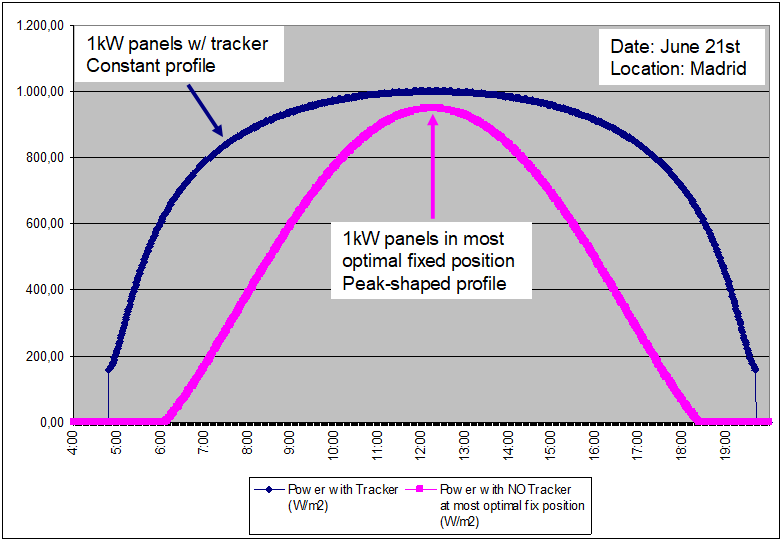
The self-supporting design provides great resistance capacity to forces and torques exerted on the panels and it could be used with no fixation mechanisms in places with low exposition to wind. For places with higher exposition or when a more permanent use is expected the tripod supports are designed so that several fixation systems to ground (in all cases only requiring simple tools) can be applied.

MODULES include a stow security system based on wind sensors that moves elevation to 90º (panel parallel to ground) when high wind threshold is detected. This stow system has been already tested in laboratory conditions in a wind tunnel (from the company VORTEX BLADELESS). The following video demonstrates how it works (NOTE: for the sake of the test stow activation is setup to trigger at just 20km/h and once stow is completed wind speed is increased to tunnel MAX power ~40km/h )
See STOW activation demonstration video ->
TECHNICAL CHARACTERISTICS
3 panel sizes have been designed in the project with resulting nominal powers of 110W, 165W and 248W.
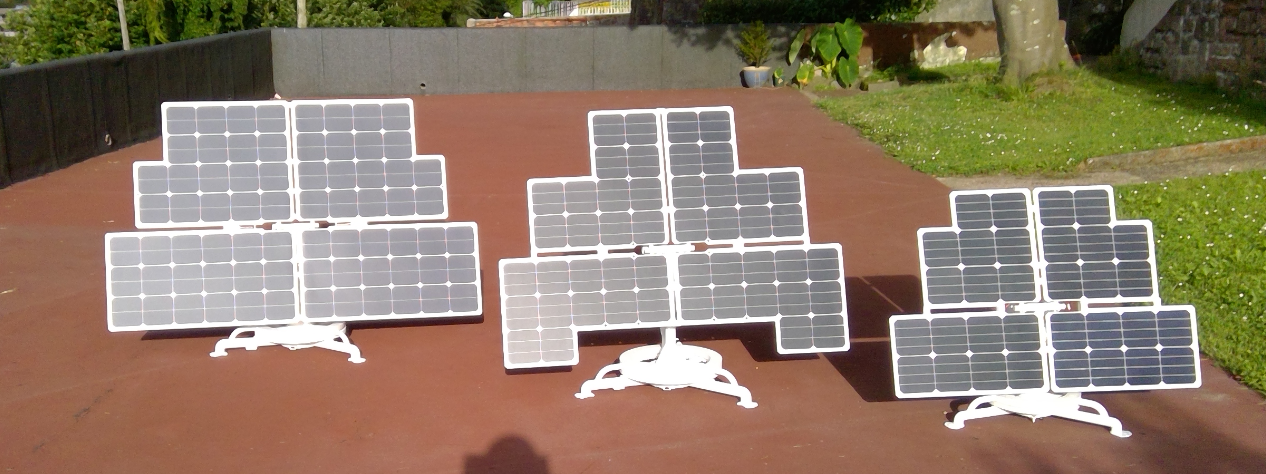
A forth size of 331W is currently in design phase:
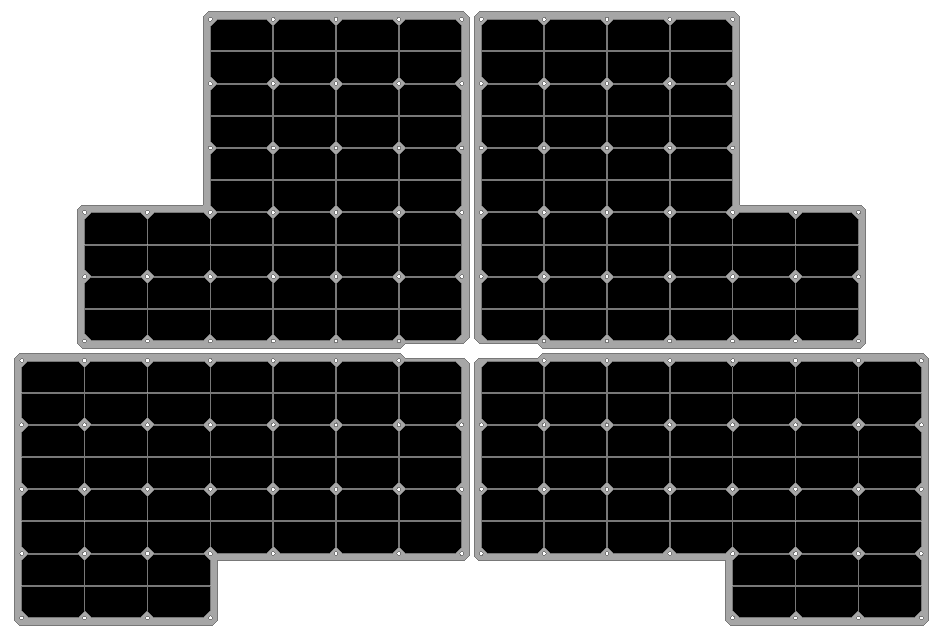
The following table shows a summary of their design characteristics:

"ROOFTOP" MODE
When no space in flat spaces (gardens, terraces) MODULES can still be used in "Rooftop" mode where panels are used with the frame of the structure only, and very simple supports. Since the attachment of the frame to the supports is done through manual screws, panels and frames are easily detachable as shown in the following animation:
This rooftop mode is specially interesting because it expands the use of MODULES at home to all accessible places, like roofs, façades and balconies, and also roofs of RV's and decks of boats...
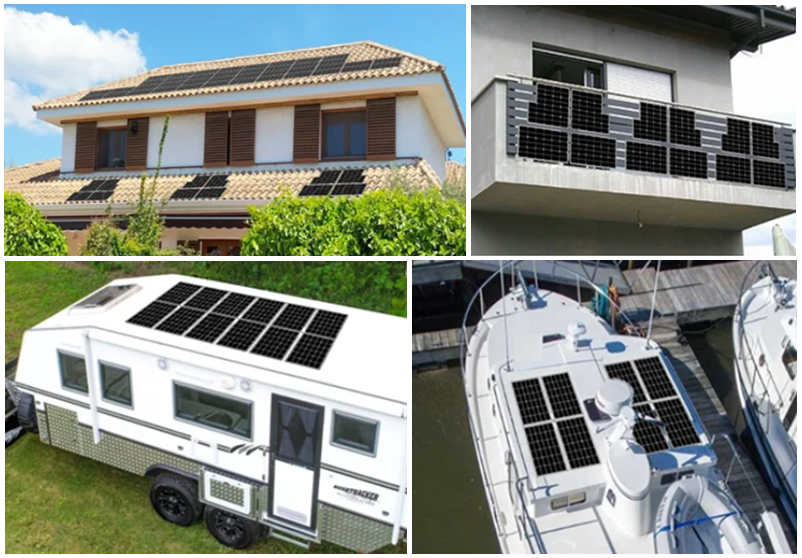
... and since they are kept detachable user can take some of them off for use in portable mode, and operation that as seen in the following video just takes 2 minutes per unit and as always with no need of tools:
